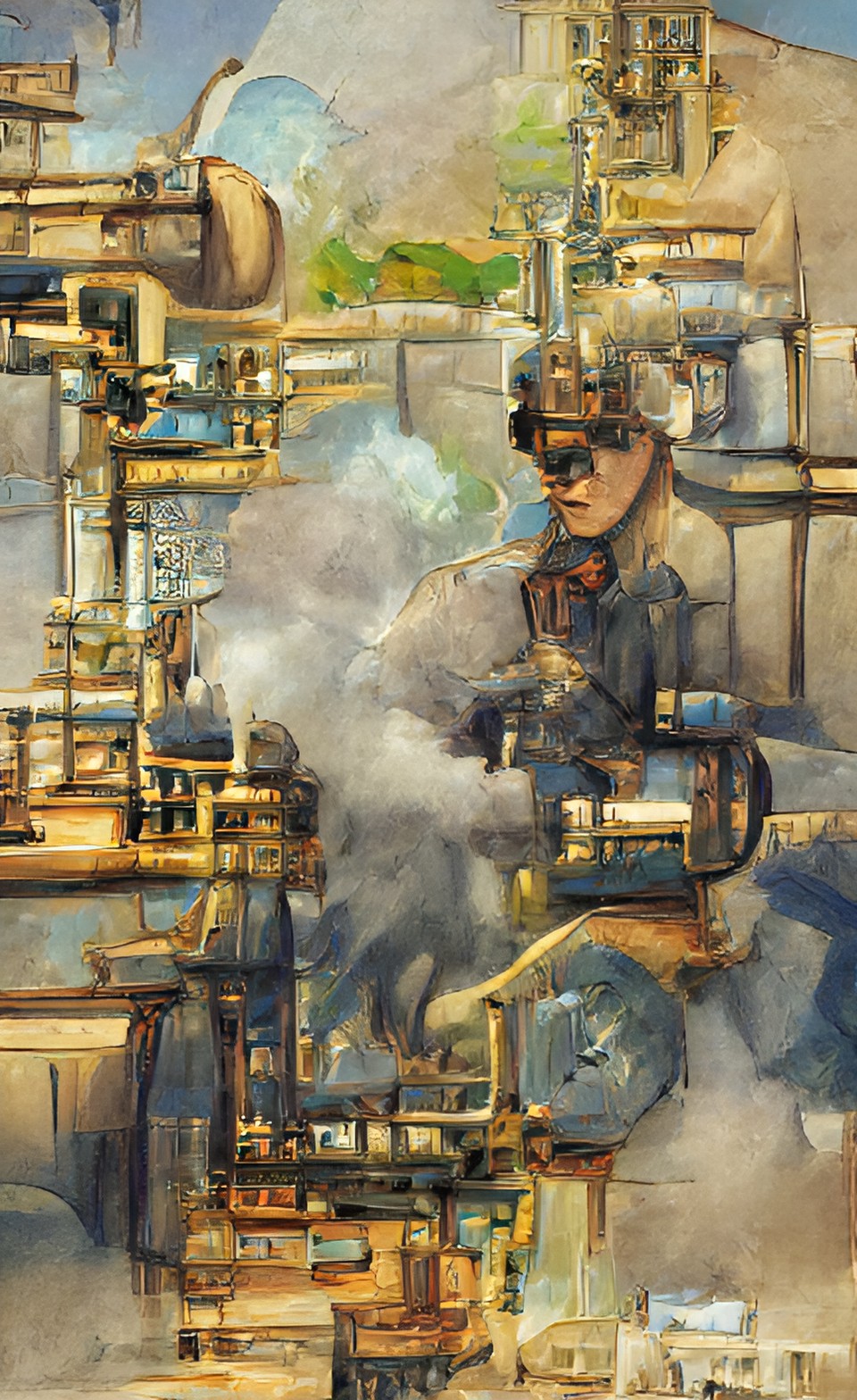Complete coverage every day!
by Brad Wilson
We've become accustomed to timely and accurate weather forecasting. Developments in the late 20th Century in imaging and control systems enabled the use of satellites for global weather observation on a repeatable, regular time table.
The satellite hardware in use comes in two varieties, geostationary and polar orbiting. Geostationary satellites provide a big picture view of weather patterns over the same area on a regular schedule, every few minutes a picture can be transmitted. These geostationary satellites, while moving quickly through space, stay in one spot relative to the earth, and are spin stabilized like a gyroscope.
The other type of satellite is called a polar-orbiter and provides more detailed weather observations over a smaller geographic area. If you looked at a polar orbiter from the direction of the sun it would look like it is just moving in a circle while the earth spins beneath it, kind of like a classroom or library globe...you stand in one spot and the globe turns beneath you.
This trajectory allows the polar orbiting satellite to map the entire earth on a regular schedule since the satellite moves at a constant speed and the earth moves at a constant speed, the imagery is more detailed, consistent and reliable for weather observation.
The military uses these types of machines for weather observation, intelligence gathering and early warning of missile launches. While the technology is 50 years old it works reliably and is actually very effective. Sensors are made improved with technology advances and new satellites benefit from these advances.
Accurate weather forecasting would be extremely difficult without the detailed, reliable information these machines provide to our nation's meteorologists.
Barry's Response - Technological advances in the sensors. That's where we've seen most of our progress in the last few decades. Thanks for this description, Brad.
Think about those weather satellites up there, beaming down invaluable images for us to explore next time you're curious about the weather. They're the unsung heroes of modern weather forecasting, and we owe them so much for keeping us in the loop! Here's a bit more about what you already told us...
Search this site for more information now.
Let us talk about those fascinating weather satellites orbiting high above our heads.
We can now understand and track weather patterns thanks to these technological marvels.
There are two main types of weather satellites up there. We have geostationary satellites, which are like cosmic sentinels hovering above a fixed spot on Earth. We get this amazing big picture view of weather patterns over a wide area, and you know what's even cooler? Every few minutes, they take pictures of the Earth! It's true, we can see weather changes live!
That's not all, my friend. Also, we have polar orbiting satellites, which move in a circle around the Earth like our trusty explorers. Take a look at one of these polar-orbiters from the sun's direction. While the Earth spins underneath it, it looks like it's just going around in circles. It's like those old classroom globes, isn't it?
Why do we need both types of satellites? It's all about getting the best of both worlds. Geostationary satellites give us big, wide-angle views, while polar satellites give us closer looks at smaller areas. They provide meteorologists with a comprehensive and reliable view of our ever-changing weather.
Here's the best part: these satellite images are user-friendly, even for laypeople! You don't have to be an expert to use them. I'm so sorry! These are for curious souls who want to keep an eye on the weather. These images don't require a meteorology degree. They're made to be clear and accessible, so anyone can look at them and understand what's going on.
Do you have concerns about air pollution in your area??
Perhaps modelling air pollution will provide the answers to your question.
That is what I do on a full-time basis. Find out if it is necessary for your project.
Have your Say...
on the StuffintheAir facebook page
Other topics listed in these guides:
The Stuff in the Air Site Map
And,
Thank you to my research and writing assistants, ChatGPT and WordTune, as well as Wombo and others for the images.
GPT-4, OpenAI's large-scale language generation model (and others provided by Google and Meta), helped generate this text. As soon as draft language is generated, the author reviews, edits, and revises it to their own liking and is responsible for the content.




